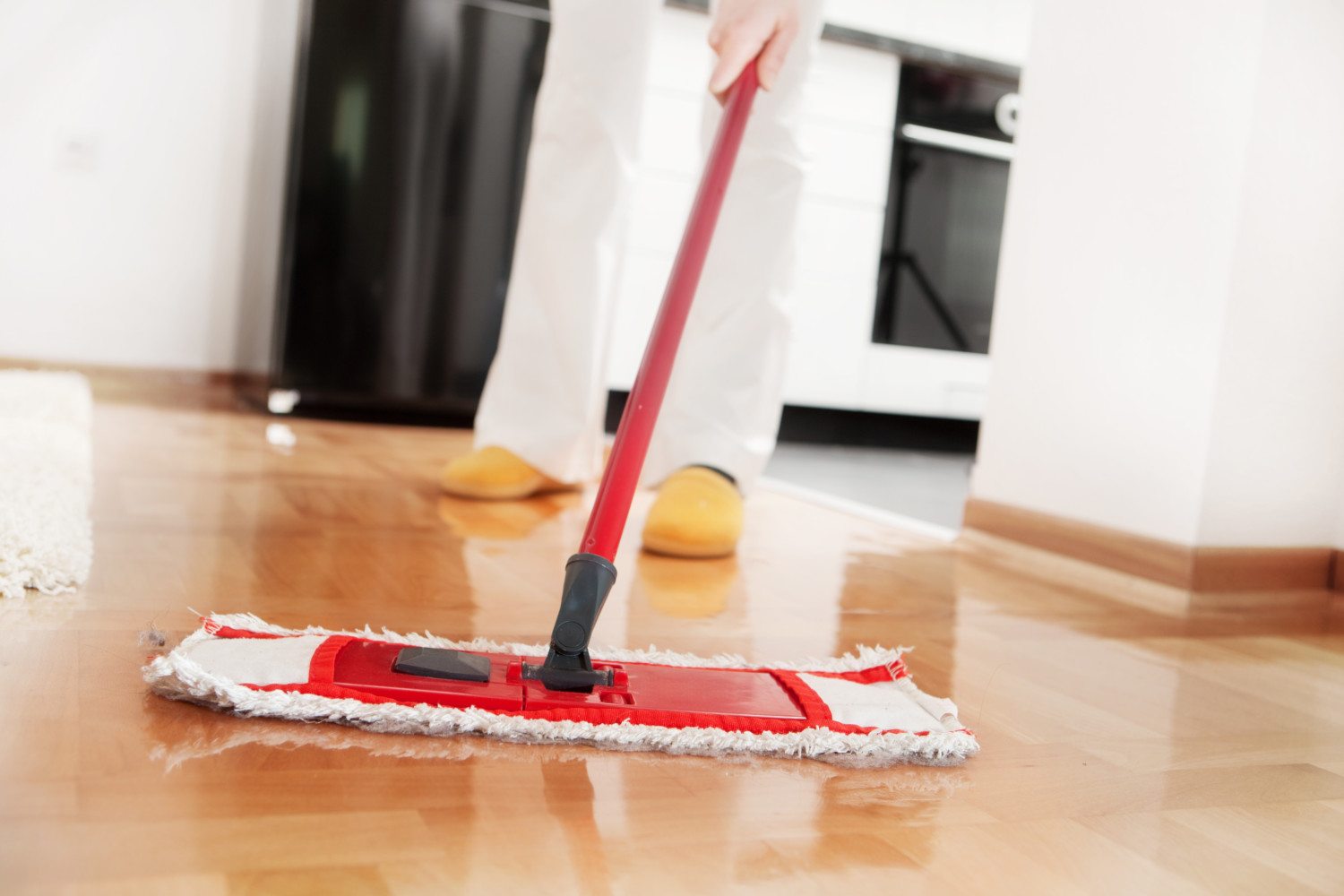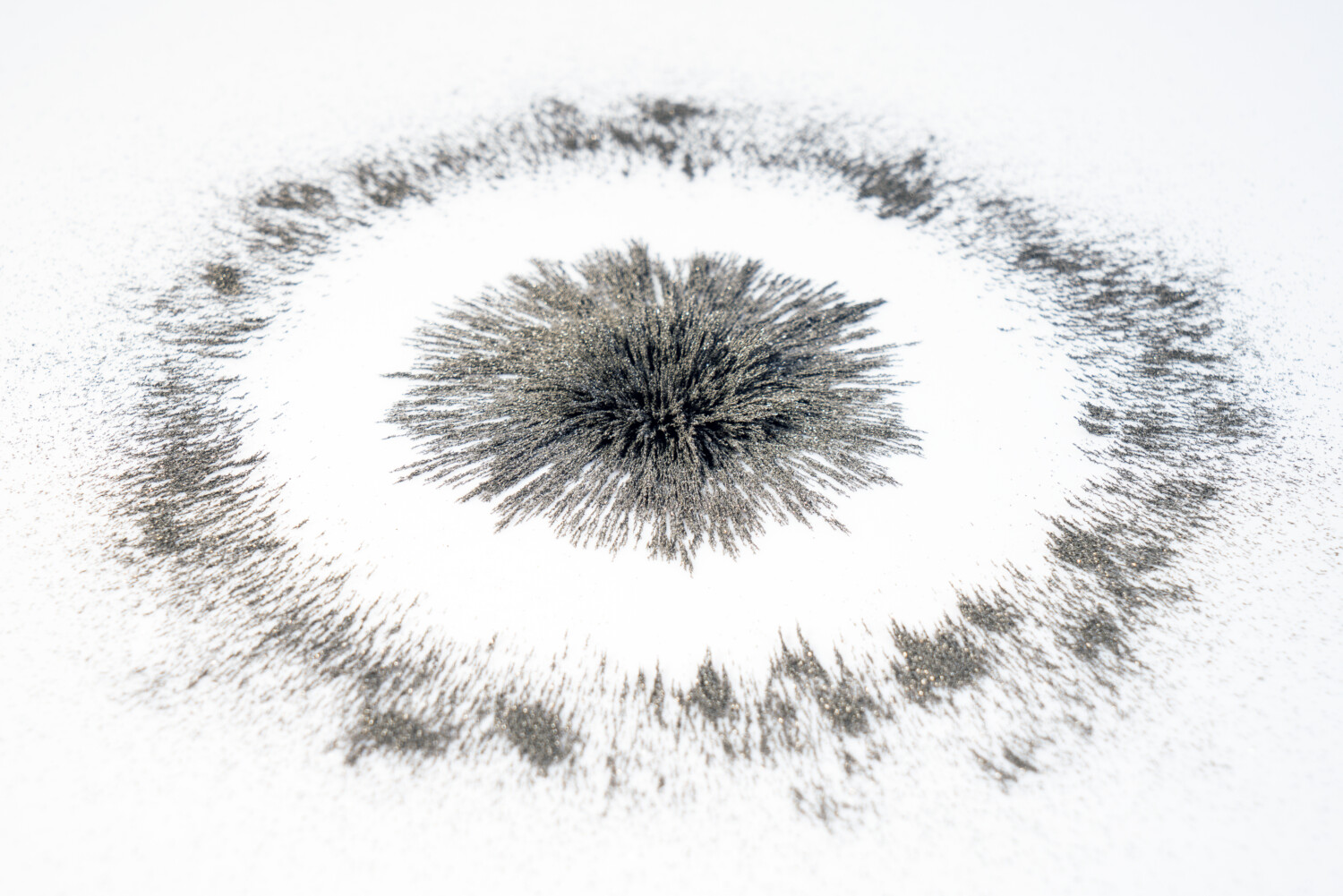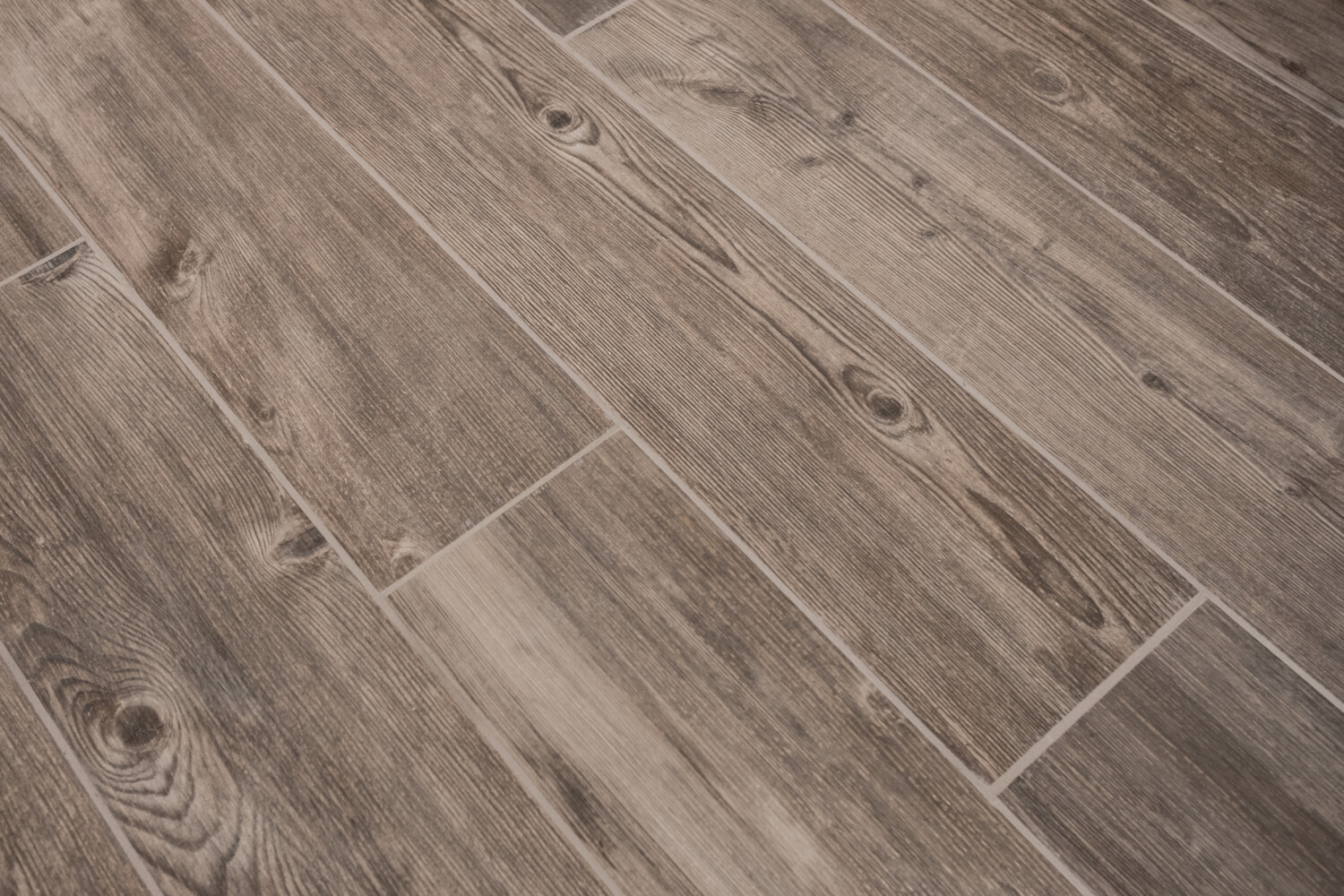
Why you might want magnetic flooring for your next home renovation
Beautiful flooring can increase a home’s attractiveness and raise its value. Magnetic flooring is a durable new flooring option that’s quickly gaining popularity thanks to its glue-less, easy installation.
Before we dive into magnetic flooring, it’s helpful to have a grasp on how traditional floors are installed. The four standard ways utilize either nails, glue, staples or the floating click-lock method. The type of installation you choose may often depend on your budget, lifestyle needs and what kind of flooring you’re planning to use. Labor will also add to the cost and amount of time it takes to install your floors.
Additionally, bear in mind that ceramic tile and vinyl flooring are permanent as well. Once a floor has been installed, if a refresh is needed, it must be destroyed and removed.

What Is Magnetic Flooring?
Magnetic floors consist of two parts: the floorboard planks and the base underlayment. Floorboard planks come equipped with magnetics in one of several ways: they either have trace amounts of iron placed throughout, painted on or attached via magnetic plates. The base underlayment is a sheet of material with a grip to it. It is used to insulate the floorboard from the concrete underneath, and comes with iron particles integrated in. The opposing charges create a magnetic bond between the sub-floor and finished floor. Once installed, the floor won’t shift underfoot, as the magnets are strong enough to lock everything it into place. Very little labor is needed to install this flooring since there are no glue, nails or staples, and fewer steps overall.
Magnetic planks can consist of vinyl, ceramic or acrylic-infused hardwood. Not only is the floor considered to be waterproof once installed, but the sub-floor also acts as a sound barrier.

When Should You Use Magnetic Flooring?
Homeowners looking for trendy floor patterns gravitate toward magnetic flooring because planks can be easily rearranged when it’s time for a refresh. You can install them in just a few hours and redecorate as much as you’d like. If you have a magnetic tile pattern in your bathroom that you’d tired of, you can easily move it to your laundry room.
Homeowners looking for eco-friendly floor options might also consider magnetic varieties. Since there’s no need for glue, this flooring type is considered to be low on volatile organic compounds.
When a piece of wood needs to be replaced with a traditional wood or tile floor, repairs become more complicated. But with magnetic flooring, single planks can be swapped out fairly easily and by the homeowner, which saves money. There’s also less material waste since you can repair an isolated area of the room instead of the entire floor.
Hotels and businesses also benefit from using magnetic flooring because of the minimal downtime.
How Much Does Magnetic Flooring Cost?
Magnetic flooring costs vary, but you tend to save a lot of money on the installation end of the project. You can find a wood look-a-likes for around $4.50 per square foot. DIY homeowners will enjoy not having to pay a professional to lay the flooring. However, if you do choose to go that route, costs may still be decreased because the labor time will be shortened.

Where Can You Buy It?
Since magnetic flooring is a fairly new concept, it can be harder to find. It’s not sold at big box stores yet, like Home Depot or Lowes, but you can find it online.
What do you think of this new type of flooring? Would you install it in your home?
This story originally appeared on Simplemost. Check out Simplemost for additional stories.